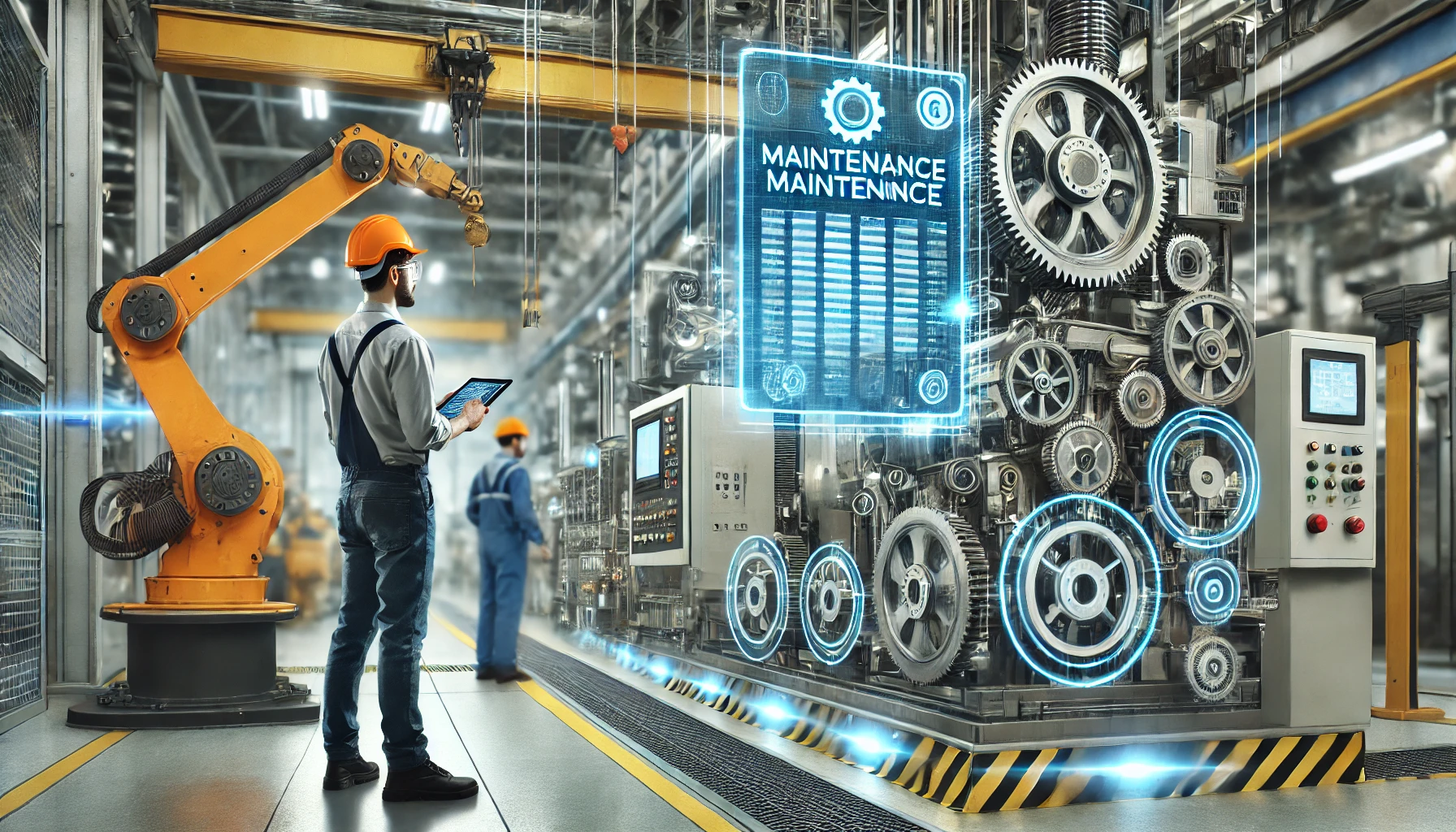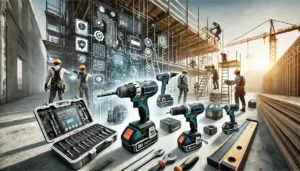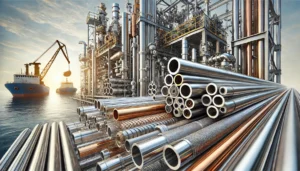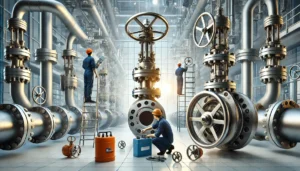Machineries used in industries are vital in manufacturing processes therefore, it is important to make sure that they work efficiently for maximum productivity, safety, and overall cost effectiveness. This also means that the business saves on cost which can be stressed further by implementing a well thought out preventive maintenance (PM) strategy. Doing so leads to the reduction of unforeseen breakdowns, increases the span of equipment life, and boosts effectiveness in operations.
What is Preventive Maintenance?
Preventive maintenance is the maintenance performed on machinery that includes scheduled servicing, inspections, and repairs while focusing on eliminating potential failures. PM serves as a proactive measure to maintain machines whereas reactive maintenance addresses issues that arise.
Key Components of a Preventive Maintenance Strategy
- Asset Inventory and Criticality Assessment
To evaluate the importance of machinery towards operations one must first start cataloguing all the machineries. By determining what essential equipment exists, maintenance can be prioritized and ensured that the most vital assets are tended to first.
- Manufacturer Guidelines and Industry Standards
Following an equipment manual is crucial, and sticking to a recommended maintenance schedule is just as important. Equipment such as these can greatly improve ideal maintenance working practices and frequency, allowing for the equipment to work as intended.
- Development of a Maintenance Schedule
Make sure to create specific maintenance, tasks, and even specify the schedule for each piece of equipment. Like previously stated, the maintenance schedule needs to take into account factors like environmental conditions and usage intensity.
- Implementation of Condition Monitoring
Monitor using specialized tools and sensors through various methods to collect health information of the equipment. Malfunctioning or deficiencies can be fixed in advance using vibration and thermal imaging, as well as oil and other fluid analysis.
- Training and Skill Development
Regular training improves maintenance personal skills and knowledge. This proactive approach saves time and effort, and lowers the risk of a poorly trained team failing to recognize a problem or improperly implementing maintenance tasks and even safety measures.
- Utilization of Maintenance Management Software
Maintenance-related tasks can be computerized using a CMMS platform where scheduling, completion records, and detailed notes can be organized easily. These types of software help in organization and provide insights for maintained or improved procedures.
- Continuous Improvement and Feedback Loop
Set up a strategy for analyzing completed work, feedback, and maintenance results. This further aids the optimization of maintenance work through feedback and fosters an organization culture reliant on continuous improvement.
Continuous Improvement and Feedback Loop
- Reduced Downtime: The chances of sudden equipment failures greatly reduces, and in turn devices can be used with increased productivity with less breaks in a schedule.
- Cost Savings: Potential problems that are easily identifiable will not result in dramatically expensive repairs or other expenditures for the malfunctioning parts of the machinery.
- Enhanced Safety: Properly working equipment is reliable and lessens the risk of accidents, thus ensuring a safer worksite.
- Improved Efficiency: Enhanced production processes through improved performance of the machines, increases productivity and the quality of the products.
Challenges in Implementing Preventive Maintenance
Although the benefits are obvious, the successful application of a preventive maintenance strategy can be hampered due to diverse reasons.
- Resource Allocation: In a busy production setup, allocating time and people to conduct maintenance on a regular basis can be a tough job.
- Data Management: Maintenance data collection, analysis, and taking actions on it needs sophisticated information systems which can be costly.
- Resistance to Change: Those employees who have only practiced maintenance by actions may not easily come on board to new ways of conducting maintenance.
- Initial Costs: Training, tools, and software needed to start a preventive maintenance program cost a lot.
Conclusion
The introduction of a broad-scope maintenance strategy will ensure the reliability and productivity of the industrial machines over a protracted duration. Companies stand to benefit greatly from significant cost reductions alongside heightened safety and consistent production standards. While there are obstacles to face, the singular investment that is preventive maintenance is entwined with overwhelming benefits in the long term, thereby marking it a vital piece in industrial workings in this day and age.










